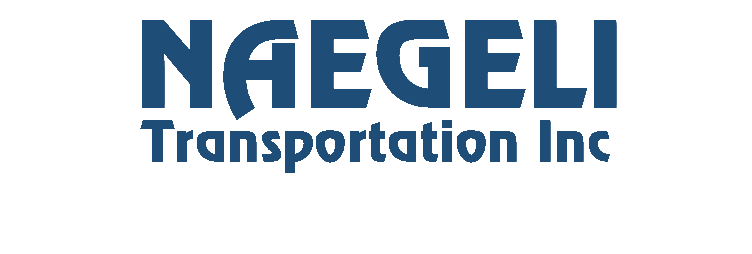Four shipper associations want the Surface Transportation Board to allow demurrage charges to be assessed on privately owned railcars as an incentive for freight railroads to move those railcars more efficiently through their networks.
North America Freight Car Association (NAFCA), National Grain and Feed Association (NGFA), Chlorine Institute and National Oilseed Processors Association (NOPA) want the agency to revise rules governing the railroads’ use of private railcars. They argue that an update is needed since approximately 73%, or 1.2 million, of the railcars in service today are purchased or leased and maintained by entities besides railroads.
The associations say the goal is to promote the efficient use of private railcars without unduly infringing on railroads’ freight operations.
Railroads transport privately owned railcars as part of their service agreements with shippers. Demurrage is a means of applying financial penalties when a party doesn’t load or unload railcars within a set time frame.
But when delays occur or when the freight railroad delivers too many or too few railcars, there is little recourse for the railcar owners, they contend. Assessing demurrage and accessorial charges on freight railroads for those privately owned railcars would enable private railcar owners to protect their investments, especially since they also have to consider how to size their fleets to match inflow and outflow rates at their production plants, according to the petition.
“The non-railroad entities who supply Private Railcars to railroads have collectively invested tens of billions of dollars to acquire the railcars through lease or purchase and they incur additional significant ongoing costs to maintain them, in large part for their use by the Class I railroads to provide railroad freight service,” according to a July 26 petition from attorneys representing the four associations. “While there are rules and policies in place by which suppliers of certain types of Private Railcars receive some compensation from railroads for their use of Private Railcars, current regulations and policies do not adequately protect this enormous investment by creating sufficient incentives for the Class I railroads to use Private Railcars efficiently.
“When Private Railcars in the possession of Class I railroads are handled inefficiently due to irregular service or other actions by a railroad that result in Private Railcars being held too long in the railroad’s possession and control, the investment in those railcars is adversely affected and the business of the party supplying the railcars suffers,” the petition continued.
The approximately 1.2 million private railcars include 100% of rail tank cars, 100% of railcars transporting dried distillers grain, approximately 85% of processed grain hopper cars and 90% of coal hopper cars used west of the Mississippi River.
The railroads shifted to shippers the responsibility of providing railcars so that the freight railroads could free up capital to focus on investments toward power and system infrastructure and other related businesses, according to the petition. Shippers utilize both privately owned railcars and leased railcars.
The effort to update the regulations pertaining to private railcars began in late 2018, according to transportation attorney Tom Wilcox, who represents NAFCA, NGFA and NOPA. The issues have been there for a while, but the railroads’ implementation of precision scheduled railroading really highlighted them, he said.
The petition also seeks to bring before the STB the issue of balancing the investments that private railcar owners make with accounting for the service variability that inevitably occurs with freight rail operations, Wilcox said. This discussion could also include the question of whether holding someone’s railcar for too long violates the common carrier obligation, he said.
Subscribe to FreightWaves’ e-newsletters and get the latest insights on freight right in your inbox.
Click here for more FreightWaves articles by Joanna Marsh.
Related links:
Railcar lessors and rail manufacturers eye recovering market in 2021
